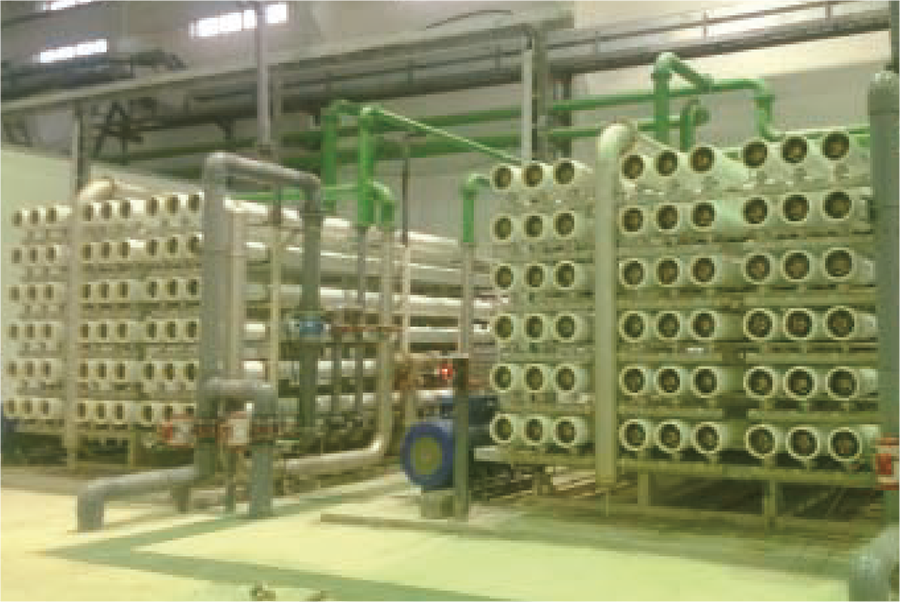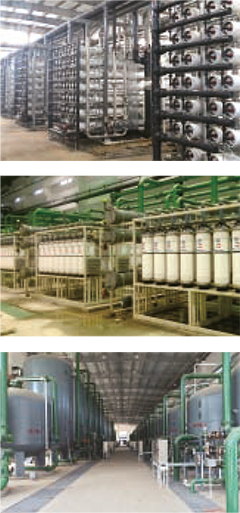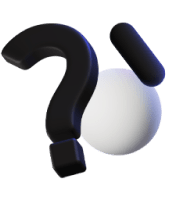Get a Quote
We will contact you within 24 hours via one of the communication channels you have specified.
Your data will be processed under the conditions set out in our Privacy Policy.
We will contact you within 24 hours via one of the communication channels you have specified.
Your data will be processed under the conditions set out in our Privacy Policy.


Continuous ion-exchange and membrane technology are applied to desalinate feed water of various water quality, as well as secondary
desalination system to achieve boiler water requirement.

Pretreatment + Ultrafiltration + Reverse Osmosis
Past project capacity: 5000m3/d ‒ 37000m3/d

In the production of viscose fiber, cotton pulp is commonly soaked in NaOH which is then pressed. The composition of cotton pulp is complicated with more than 85% of cellulose. The general formula of cellulose is (C6H10O5)n where it is classified based on the value of n into three classes, α-cellulose, β-cellulose and γ-cellulose.
The pulp is soaked in 200-210g/L NaOH solution. The main purpose is to react cellulose with NaOH to produce alkaline cellulose but a large amount of concentrated alkaline is also produced. The concentrated alkaline solution contains dissolved hemicellulose which can be separated with membrane separation technology
achieving alkaline recovery

Efficiency of Nanofiltration is 10 times higher than that of traditional filtration process.
The primary recovery rate of alkaline by membrane filtration is over 85% and the filtrate can enter the dipping process directly. Depending on the needs of different production processes, secondary alkaline recovery can be carried out with minimal water added. The concentration of secondary recovered alkaline is no less than 100g/L. The concentration of NaOH filtered and the quality of the filtrate of the membrane technology is higher than that of the dialysis process.

The chlor-alkali industry is one of the basic chemical raw material industries. Currently, the softening process is done with flocculation sedimentation method. This process is complicated and difficult to operate requiring large amount of chemicals and filter aid. In recent years, Suntar has increased the application of membrane separation technology in this industry and developed
softening process based on membrane technology.

Cross flow filtration ensures no fouling of ceramic membrane with highly concentrated Mg(OH)2 and BaSO4 thus no pretreatment needed. Both alkaline are added at almost the same time which significantly shorten the processing time.
Ceramic membranes eliminate the need for pretreatment before softening. This eliminates the workload of cleaning and pre-coating and avoid the secondary pollution of brine caused by silicon.
Primary brine after ceramic membrane filtration has suspended solids mass fraction <1x10-6. This plays a positive role in the high efficiency, long lifespan and low-cost operation of the secondary softening electric cell and ion membrane.
35% lower capital cost due to the short process flow.

You can ask any questions you may have about our products, our company or our sales processes.
We will contact you within 24 hours via one of the communication channels you have specified.
Your data will be processed under the conditions set out in our Privacy Policy.